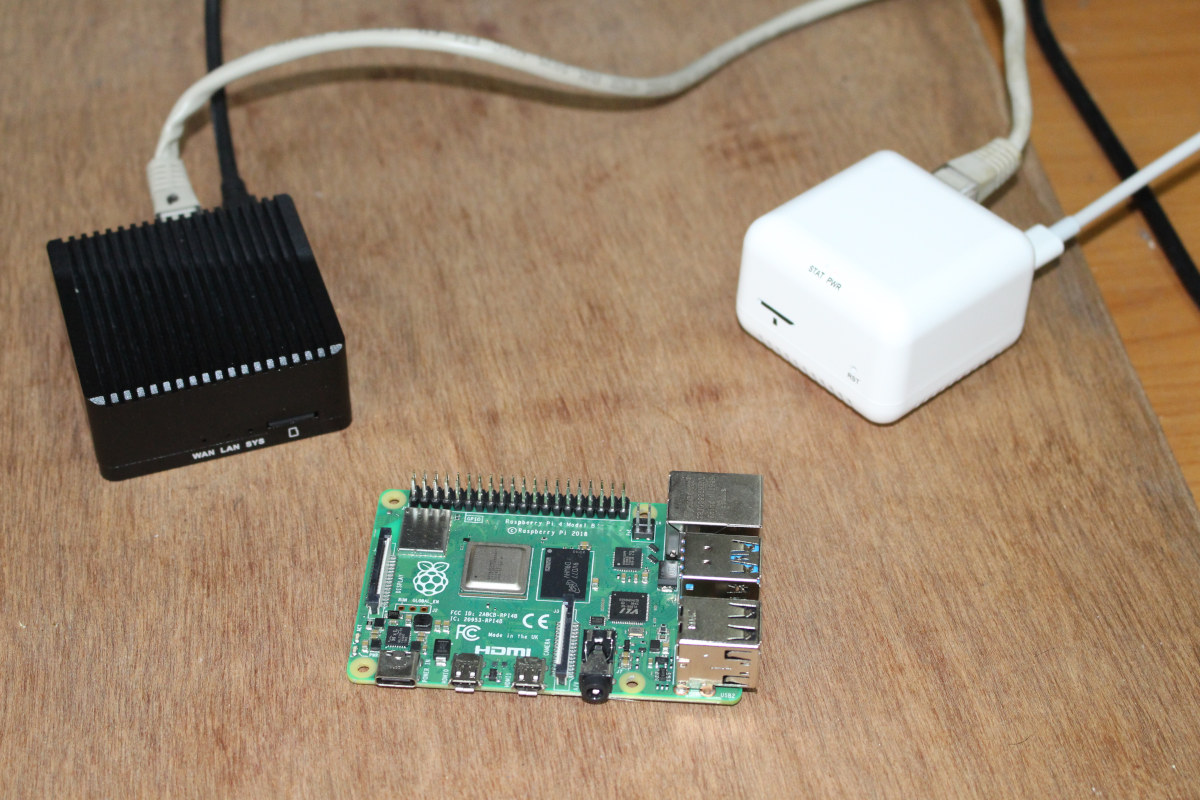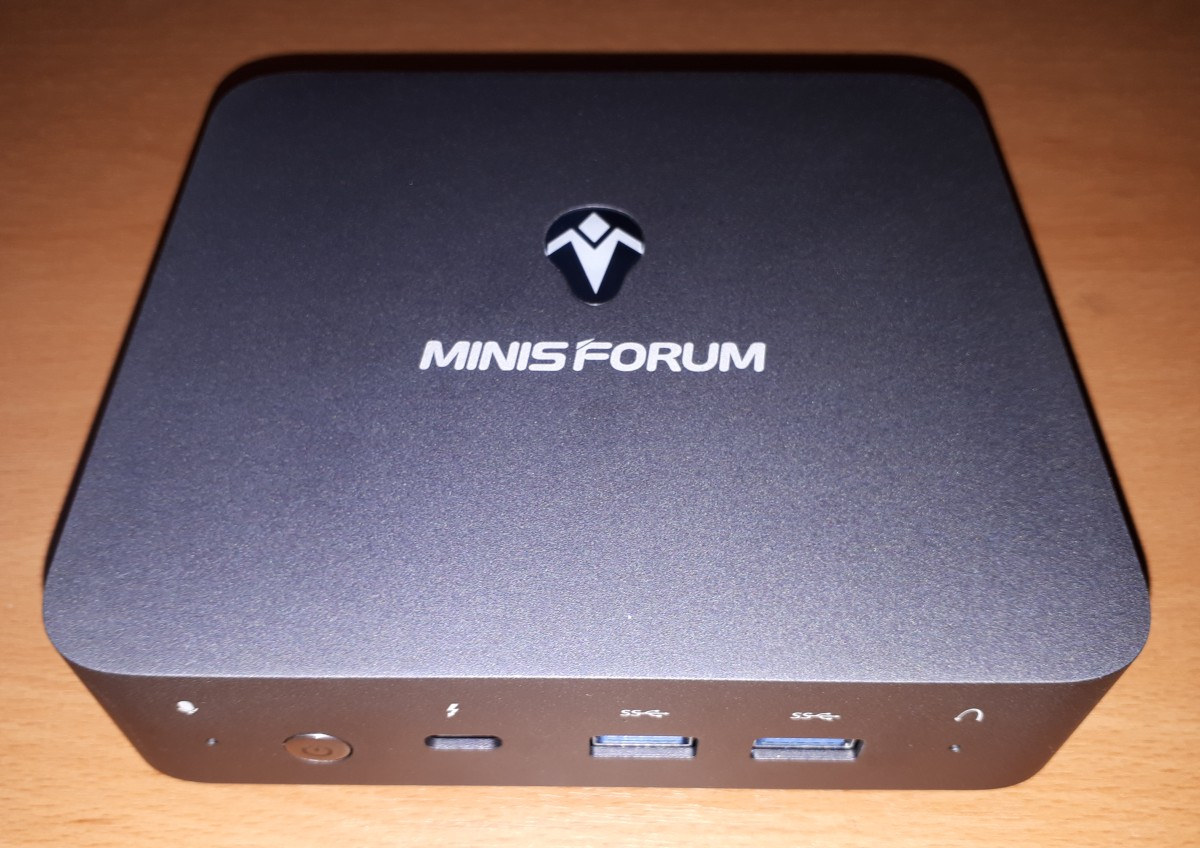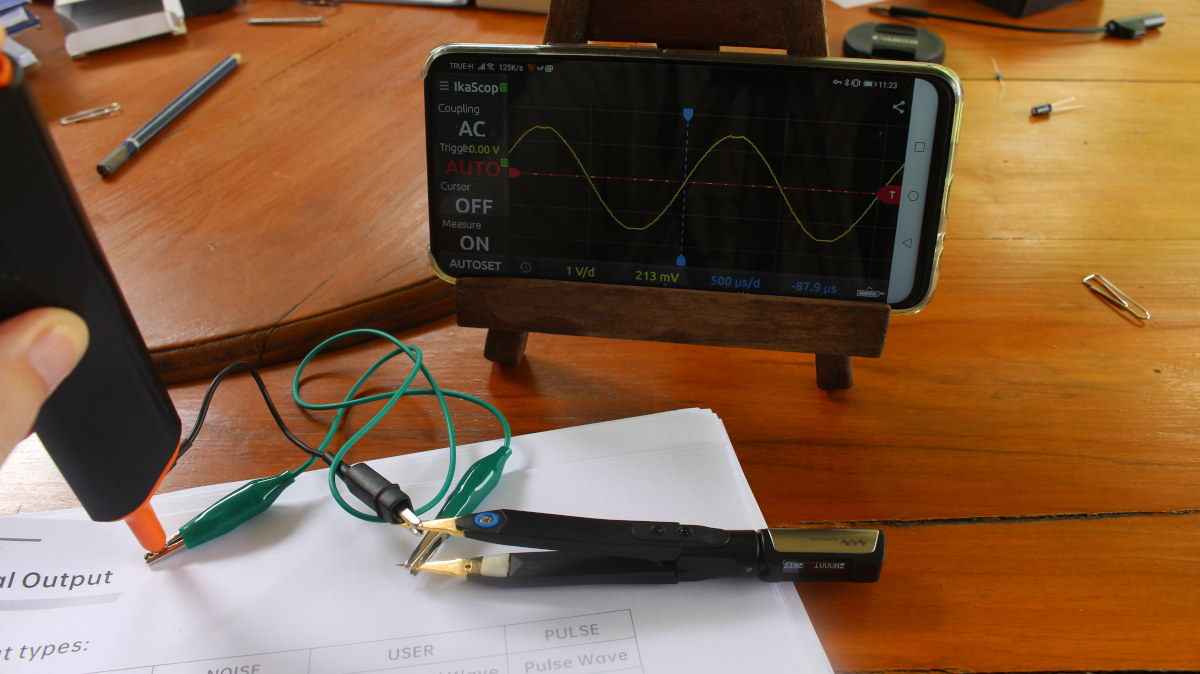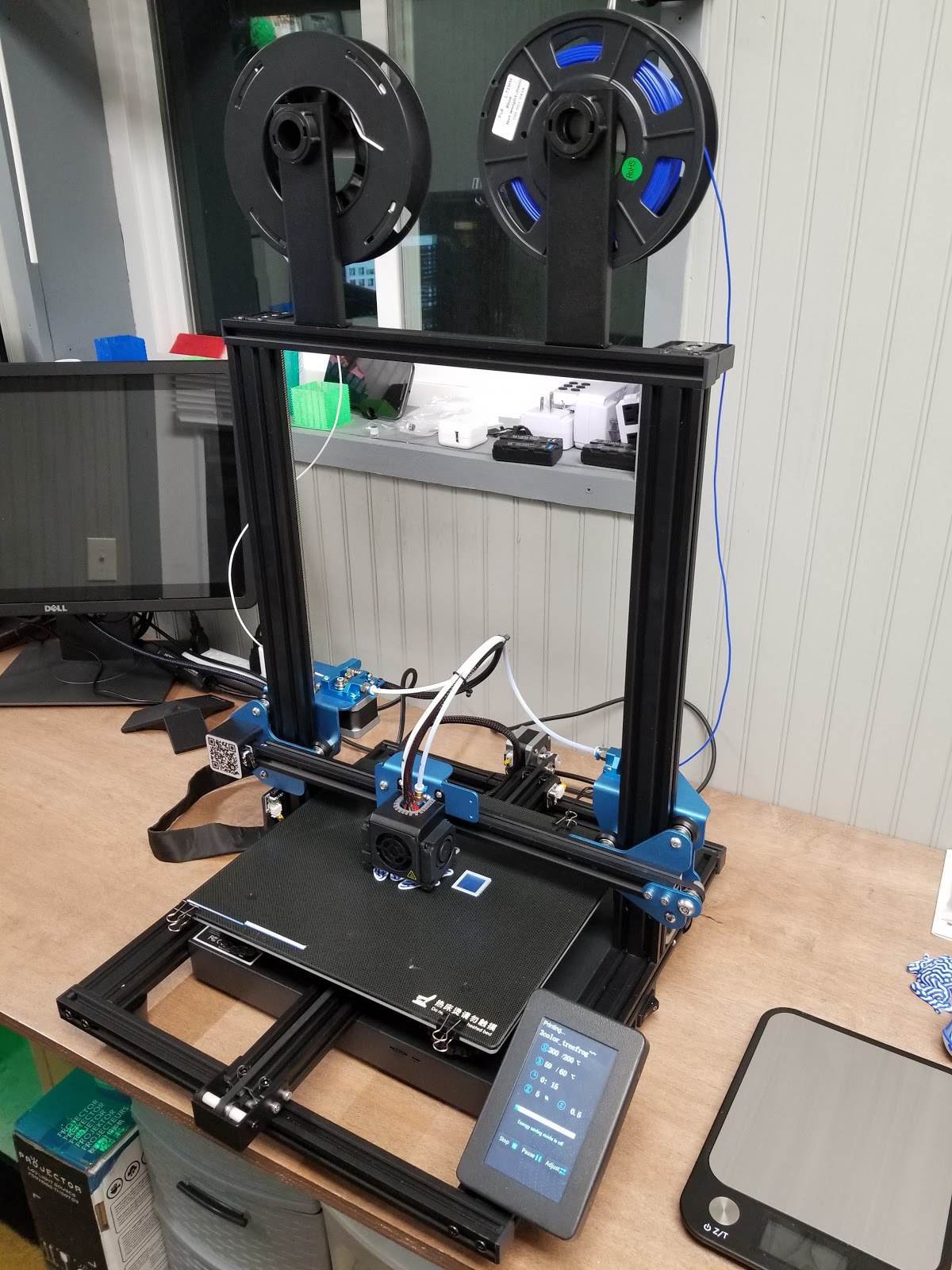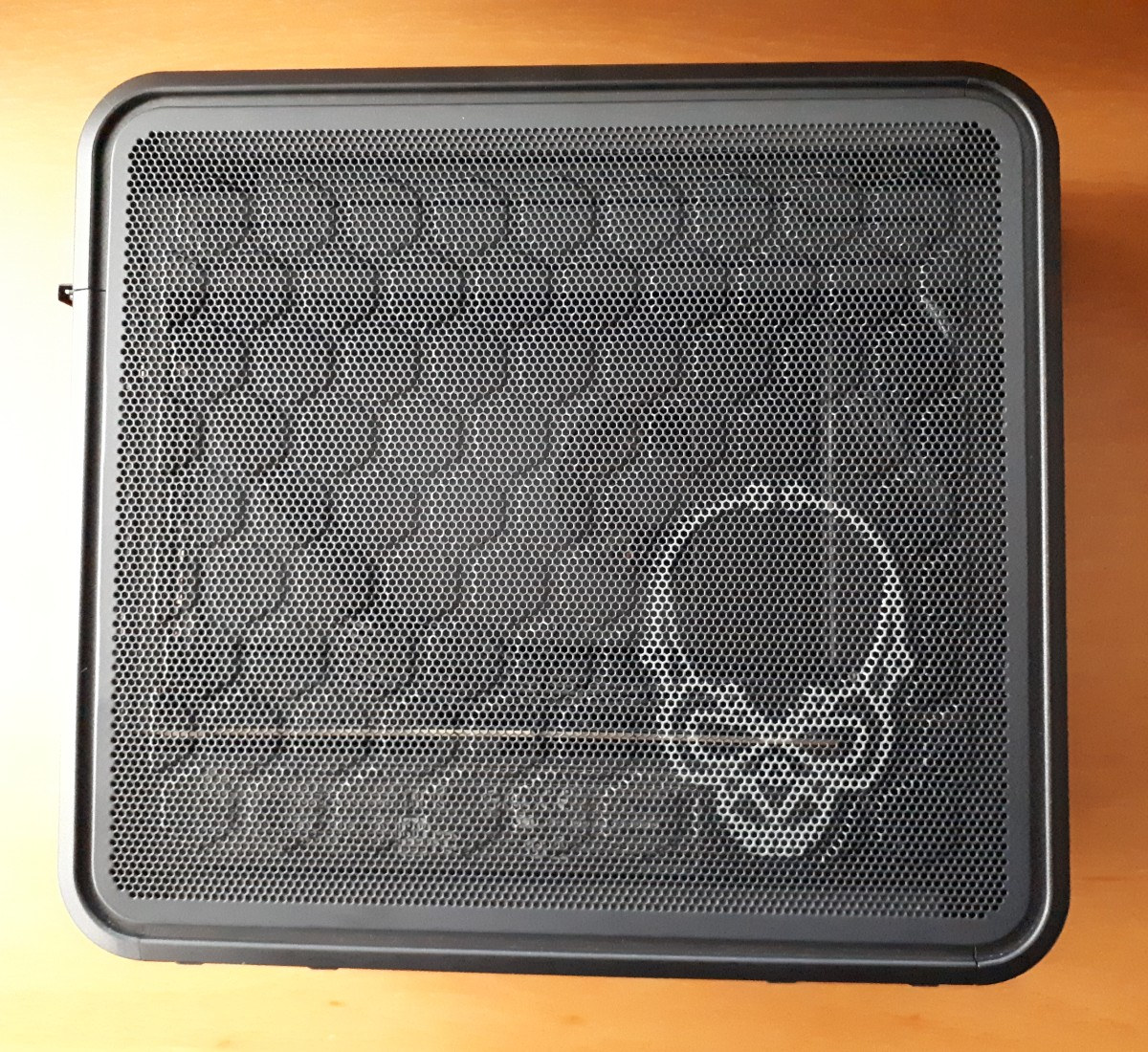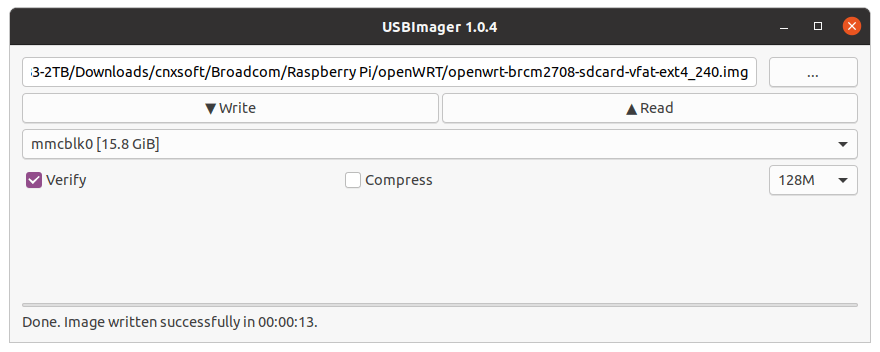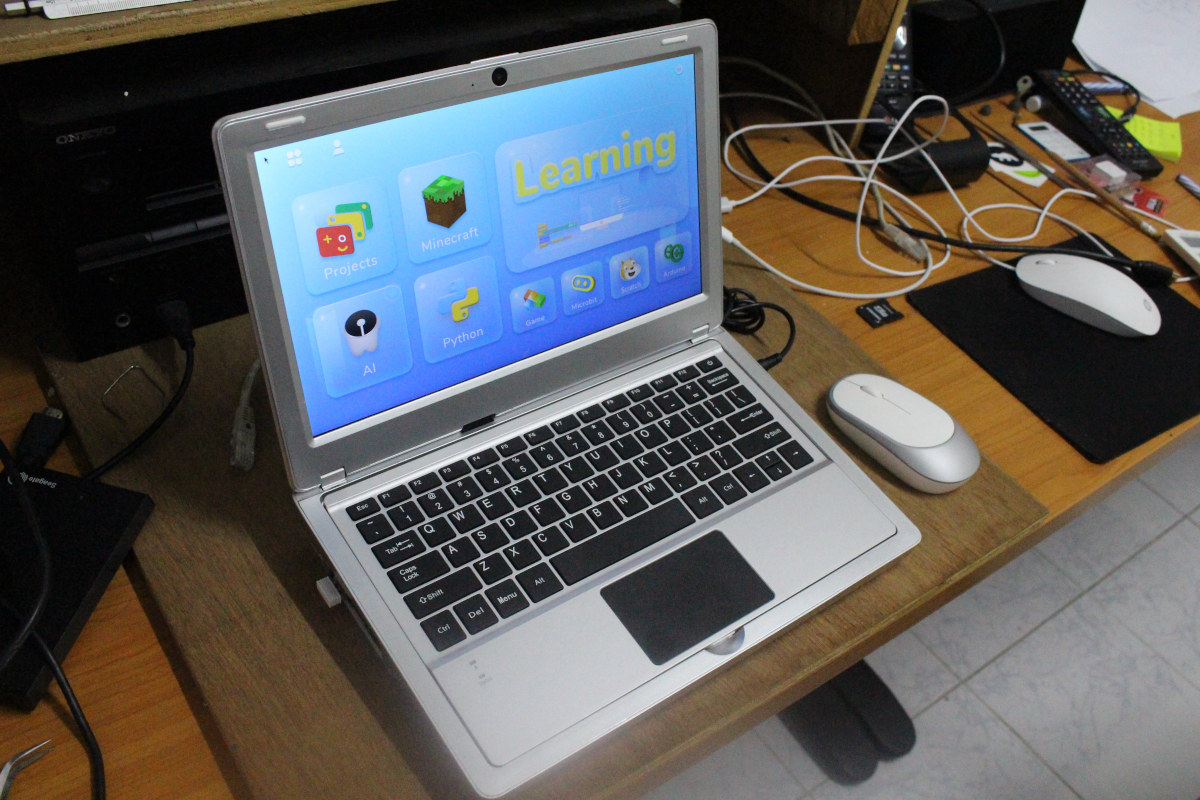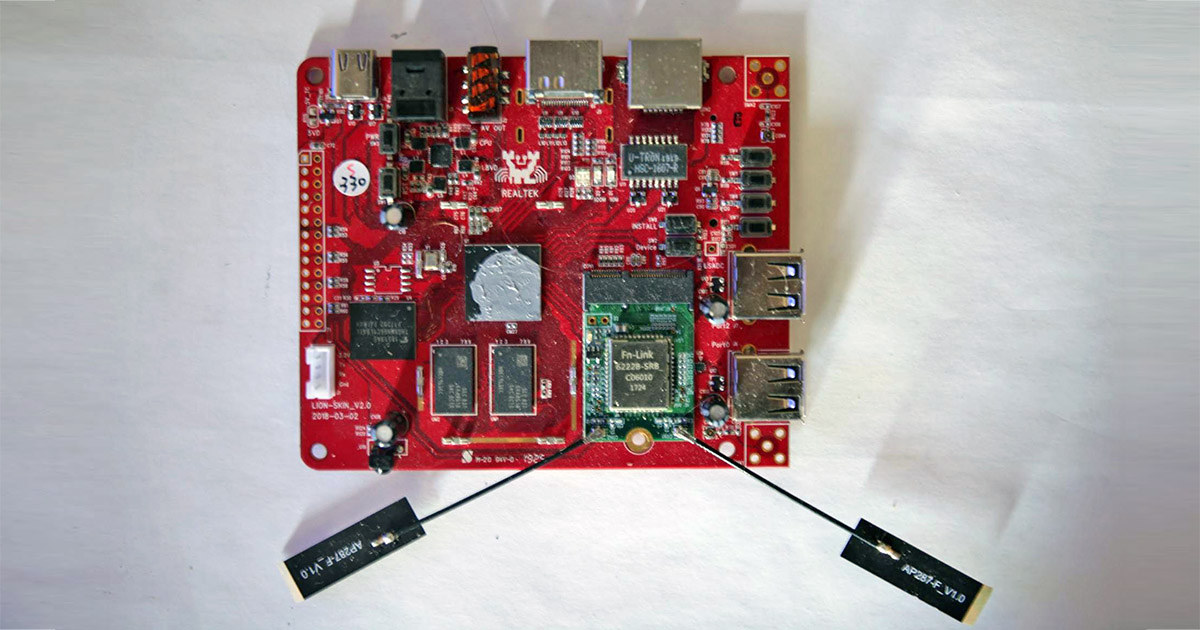In the first part of the review of NanoPi NEO3 and Nano R2S I checked out the hardware, with both tiny gateways powered by a Rockchip RK3328 processor but a different features as NEO3 includes a Gigabit Ethernet port and a USB 3.0 port, while R2S comes with dual Gigabit Ethernet ports and a USB 2.0 port. I’ve now had time to test both gateways using Armbian 20.08.1 release based on Ubuntu 20.04 Focal. Note that while NanoPi R2S is officially supported by Armbian, NanoPi NEO3 images are currently tagged as “suitable for testing“. Having that said I did not come across any specific issues on NEO3, and it may mostly mean it’s easier to get support on the forums with R2S. I flashed two microSD cards using USBImager with: Armbian_20.08.1_Nanopi-r2s_focal_current_5.8.6_minimal.img.xz Armbian_20.08.1_Nanopineo3_focal_current_5.8.6_minimal.img.xz That means Ubuntu 20.04 with Linux 5.8.6, but since Armbian is always updated, I ended the review with […]
MINISFORUM X35G review – An Intel Core i3-1005G1 Mini PC tested with Windows & Ubuntu
MINISFORUM have recently launched their X35G mini PC on Indiegogo which differentiates itself from the many Gemini Lake mini PCs by using a 10th generation Intel “Ice Lake” Core mobile processor with Gen11 graphics. Available as a barebones device and in various configurations MINISFORUM sent a fully configured model for review. MINISFORUM X35G Hardware overview Also known as DeskMini X35G, the MINISFORUM X35G is a slightly larger mini PC physically consisting of a 136.5 mm x 121.5 mm x 40.5 mm (5.37 x 4.78 x 1.59 inches) rectangular metal case with a plastic base. It is an actively cooled mini PC that uses Intel’s second-generation 10 nm+ Core i3-1005G1 processor which is a dual-core 4-thread 1.2 GHz processor boosting to 3.4 GHz with Intel’s Gen11 UHD graphics. The front panel has a power button, a Thunderbolt 3/Type-C USB port that supports video, and two 3.1 USB ports. Also on the […]
DT71 smart tweezers review – 3-in-1 tweezers, multimeter, and signal generator
Earlier this year, I discovered a new (to me) category of devices that look useful for electronics projects with smart tweezers Colibri ST-5S that integrate an LCR meter and can help quickly identify SMD components. I also noted some cheaper, but bulky models selling on Aliexpress for $15 and up. I’ve now received another compact model, yet affordable, as Seeed Studio sent me Miniware DT71 smart tweezers for review. As we’ll see in this getting started guide, DT71 can be used both as a multimeter and a signal generator and sells for around $59 plus shipping. Miniware DT71 Smart Tweezers Unboxing Let’s first see what I received. the tweezers are stored in a plastic box that contains three parts. First, the arms fitted with replaceable tips clearly marked as positive (red) and negative (blue). There’s a 3.5mm audio jack that allows us to connect the microcontroller unit with a display, […]
Sovol SV02 3D Printer Unboxing and First prints
Hey, Karl here. Back in September of 2019, I reviewed the Sovol SV01 printer. I had a very good experience and still recommend it to this day. Fast forward a year and Sovol is back with a new version, the SV02. The SV02 is a dual extruder single nozzle printer. This will be my 3rd dual extruder 3D printer… The first 2 I did not have a very good experience with. Sovol sent over this printer at no charge for review purposes. I am going to share my experience a little differently this time. Instead of 1 long article, I will break it up into bite-size pieces. In this one, I will share my initial impressions and first prints. The new 3D printers I have been seeing have not been very exciting lately. They all basically have the same features and only minor differences and the SV02 is no different. […]
Intel NUC 9 Extreme “Ghost Canyon” Kit – NUC9i9QNX Review
I’ve previously written about Intel’s (relatively) new NUC 9 range of mini PCs and now I am following up with my experiences of having bought one. Whilst I’ll cover some performance metrics from both Windows and Ubuntu I’ll also discuss the benefits and drawbacks of using either OS together with a comparison of gaming, thermals, and power usage as well as a brief look at overclocking potential and implications together with highlighting the issues encountered. NUC9i9QNX Hardware Overview The model I purchased and will be reviewing here is the NUC9i9QNX from Intel’s Ghost Canyon lineup and is formally known as the Intel NUC 9 Extreme Kit – NUC9i9QNX. It contains a “Compute Element” with an i9-9980HK which is an eight-core 16-thread 2.40 GHz processor boosting to 5.00 GHz with Intel’s UHD Graphics 630. The full specifications of the NUC9i9QNX include: The NUC9i9QNX is sold as a kit which essentially means […]
USBImager – A Lightweight Alternative to balenaEtcher
The common way to flash OS images to SD cards used to be “dd”. But you could potentially damage your system with a wrong command, it will not do verification after writing the firmware image, and it was not available in Windows, so people had to use Win32DiskImager, and last time I check it did not do verification either. So Etcher, now called balenaEtcher, became a popular cross-operating systems tool to flash images for Raspberry Pi and other SBCs. It’s easy to use and does verification after flashing. However, the binary is rather large at around 130 MB, and the company started to show sponsors to fund the development of the program, and this was not to the liking of everyone. During my review of CrowPi2 Raspberry Pi 4 laptop, I encountered an issue with balenaEtcher, which was quickly fixed once I updated the program to the latest version. But […]
CrowPi2 Raspberry Pi 4 Education Laptop Review
I started my review of CrowPi2 Raspberry Pi 4 Learning Kit a while ago and at the time I showed content from the kit and its first boot. I’ve now spent more time with this very special Raspberry Pi 4 laptop and will focus this review on the education part, namely CrowPi2 software, but will also look at thermal cooling under stress with and without a fan, and try to install another Raspberry Pi compatible board inside the laptop shell. CrowPi2 Education Software It’s quite important to read the user manual before getting started as there are a few non-intuitive steps you may have to take. First I assume the wireless keyboard would just connect after pressing the power button, but it did not. The user manual explains the RF dongle is inside the mouse, and once you connect it you’ll be able to use the keyboard that has some […]
Testing Hercules OTT Realtek RTD1395 4K Android STB Development Board
This is a guest post by Promwad, a software and hardware product development company with DTV & STB development expertise and know-how. Recently, they received a package from Realtek, their partner in Taiwan. There was a Realtek RTD1395 development board inside – Hercules 32-bit OTT – with 2 GB RAM and pre-installed Android 9 OS. Promwad team tested what it’s capable of and how it can be used by hardware and software engineers who design new TV set-top boxes and develop embedded software. Hercules OTT board is an Android IPTV box that plays videos of any formats with a maximum resolution of 4K. Streaming services such as Youtube, Netflix, etc. are supported via Dash and HLS. Also, the board supports other Android apps, including audio/video calls and conferencing. Realtek introduced RTD1395-based boards back in 2018. IP and cable TV operators used them in their subscriber devices. The RTD1395 chip with […]


